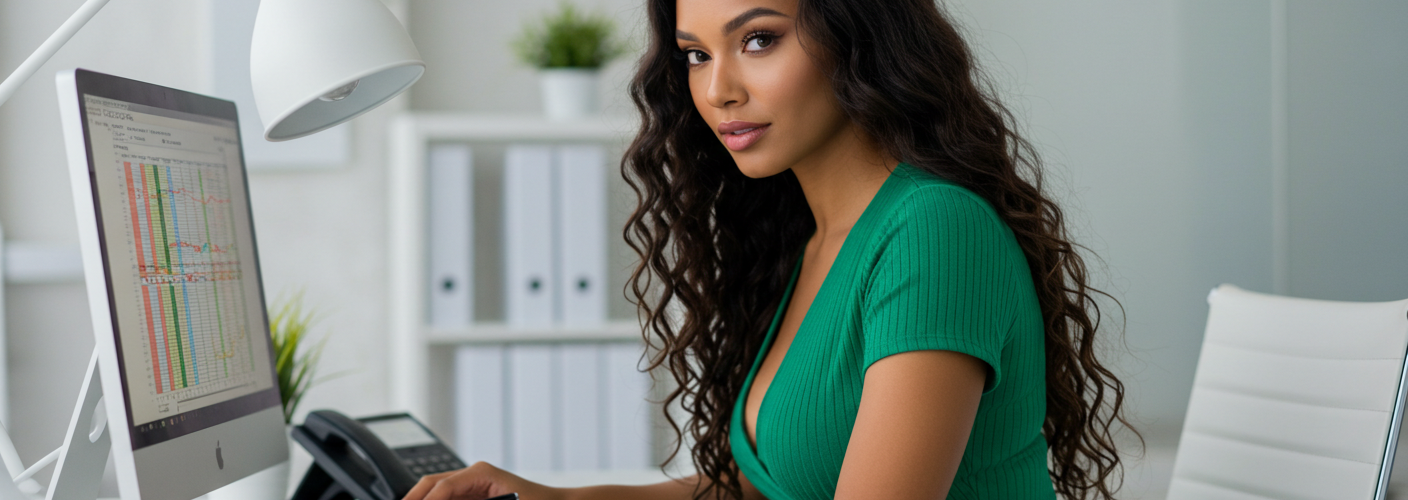When it comes to using multiple monitors, managing settings effectively can sometimes feel like a daunting task. One common issue many users encounter is the challenge of screen savers not appearing where expected, particularly when it comes to arranging the displays and determining which monitor holds the primary function for tasks like screen savers. If you find yourself in a situation where your screensaver is stuck on the left monitor, despite your best efforts to adjust settings, understand that you are not alone. In this blog post, we will explore feasible approaches to making sure your screensaver appears on the monitor you want, specifically the right one.
First, it’s important to examine the basic setup of your monitors. When you have multiple monitors connected to your computer, each is assigned a number based on the order in which they are recognized by the operating system. These settings can be managed through the display settings of your operating system, whether it’s Windows, macOS, or Linux. The monitor that is designated as “primary” will usually be where the screensaver is projected, along with your taskbar and desktop icons.
To navigate this, start by accessing the display settings on your computer. In Windows, right-click on the desktop and select “Display settings.” Here, you’ll see a graphical representation of your monitors. Identify which monitor is set as the primary (indicated with a label). By selecting the monitor you would like to make your primary display, check the box that states “Make this my main display.” Once you apply these changes, see if that resolves the screensaver issue.
However, if you’ve already set the right monitor as the primary and the screensaver still appears on the left, you may have to dig a little deeper. One common approach is checking the type of connection you’re using to link your displays. Sometimes, certain ports can influence how displays are recognized and what features are usable. For example, switching from HDMI to DisplayPort or DVI might contribute to better functionality or correct recognition issues. Disconnecting and reconnecting the cables, or trying different combinations with your HDMI or DisplayPort cables, can sometimes shake things free.
If the physical disconnection of cables does not yield the desired results, consider updating your graphics drivers. Outdated or incompatible drivers can often cause strange issues with multiple monitor setups. Visit the website of your graphic card manufacturer—such as NVIDIA, AMD, or Intel—and download the latest drivers. After installation, restart your computer and check the screensaver settings once more. Updating drivers not only improves performance but also ensures better compatibility with assorted configurations.
In some cases, it can be beneficial to create or update your screensaver settings, specifically directing it to start on the intended monitor. Explore the screensaver settings by right-clicking on your desktop and selecting “Personalize.” Select “Lock screen” and scroll down to the “Screen saver settings” link. Choose your desired screensaver and adjust the wait time. Unfortunately, some screensavers might inherently default to specific monitors depending on how they’re coded, but this is an avenue worth exploring.
For users who prefer not to expend time on extensive troubleshooting, there are software alternatives available designed to manage multiple monitors more effectively. Tools like DisplayFusion or UltraMon can offer enhanced functionality, including more robust monitor configuration options and screensaver management. These applications may allow you to specify where your screensaver engages and may provide an easier user experience in managing multiple monitors.
If you’ve tried all of these solutions yet remain unsuccessful, consider playing around with the alignment of your monitors in the operating system settings. When you click on “Rearrange your displays” in Windows display settings, you’ll notice the monitors can be adjusted in relation to each other. Adjust the position of the right monitor against the left in the settings to see if it creates any changes. Sometimes, how the screens align on-screen can impact how tasks and layouts are rendered, including screensavers.
Finally, if you are highly frustrated, a reset of your computer or monitor may do wonders. Restarting these devices clears any temporary glitches that could be causing the screensaver problem. Before resetting, back up any important data. It’s a good practice to approach the situation with a fresh perspective.
In conclusion, the issue of a screensaver stubbornly resting on the left monitor is a common yet solvable problem in the world of multiple display setups. Through a combination of setting adjustments, driver updates, and utilizing external software, you should be well on your way to enjoying a seamless screensaver experience where you want it, on the right monitor. With a little patience and some troubleshooting, managing your multi-monitor setup can be optimized for your convenience. Keep experimenting with the settings until the desired results are achieved.





Add comment